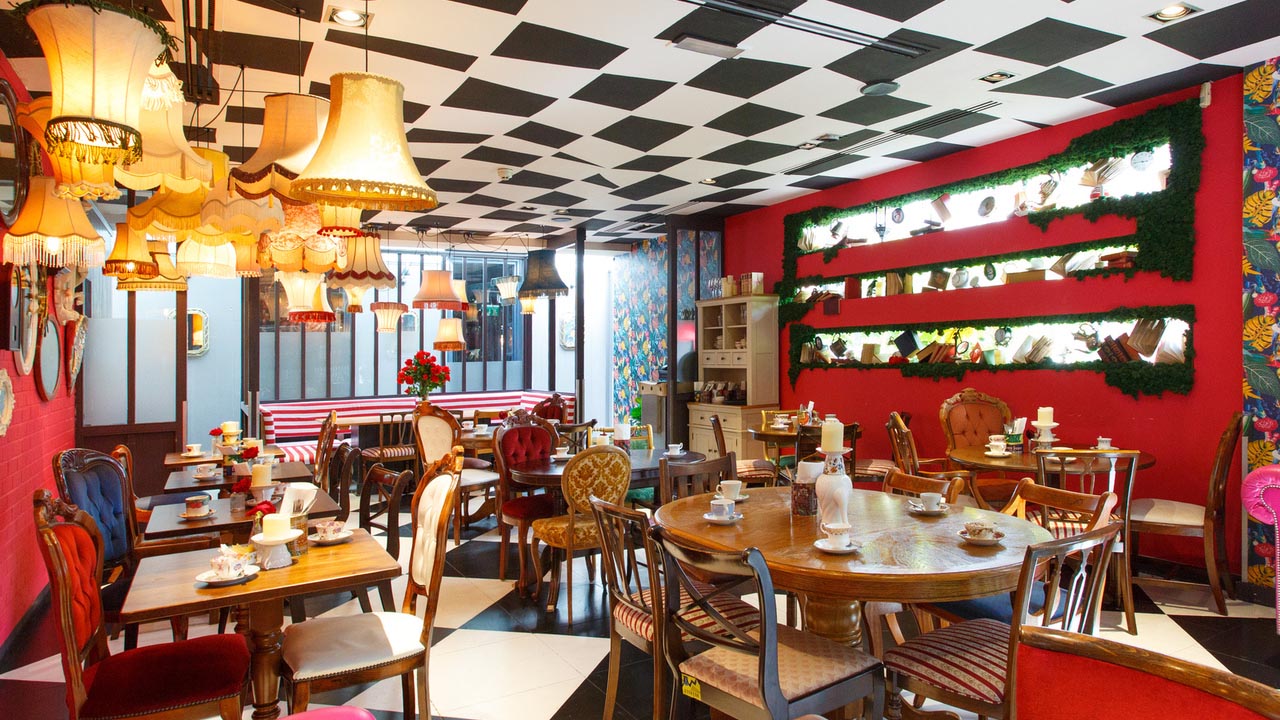Change is a constant in life, and nowhere is this truer than in the world of hospitality. I’ve always found that the seasons have a significant impact on what I crave.
Take hot chocolate, for instance—there’s nothing more comforting than a steaming cup of rich, velvety hot chocolate on a cold winter’s day.
It’s the ultimate cozy indulgence, a treat that feels perfectly in sync with the chill in the air and the desire for warmth.
But come summer, that same hot chocolate loses its appeal. It’s just too heavy, too rich, too…wintery.
This is exactly why changing and improving menus with the seasons is so crucial in hospitality. It’s about aligning with the natural rhythms of your customers’ desires and creating experiences that resonate with them at the right time.
Imagine a café that makes a big deal out of its winter hot chocolates. Maybe they introduce special flavours like peppermint or spiced orange or offer an extra marshmallow topping for the ultimate winter treat.
These seasonal touches can transform a simple beverage into something exciting and memorable, something that draws customers back again and again throughout the colder months.
But as winter fades, the menu should shift too, perhaps to refreshing iced lattes or fruity smoothies that perfectly capture the essence of summer.
This kind of adaptability keeps the menu fresh and relevant, encouraging customers to return and see what’s new.
Speaking of keeping things fresh, I recently visited London and was struck by the intense competition in Leicester Square.
There’s a street lined with over five Italian restaurants, all vying for the attention of the same pool of customers. It got me thinking about how essential it is for each of these places to offer something unique—something that makes them stand out.
When faced with such competition, it’s not enough to just serve good food. You need a hook, a reason for people to choose your restaurant over the others.
Maybe one restaurant might focus on hyper-local ingredients, creating dishes that celebrate the best of British produce with an Italian twist. And another might have a rotating menu of regional Italian specialties, offering something new every time you visit.
This kind of creativity and willingness to evolve is what keeps customers intrigued and loyal, even in an area as crowded as Leicester Square.
Healthy competition, like what I observed in London, is a powerful force in the hospitality industry.
It drives businesses to innovate, to push boundaries, and to continuously improve their offerings.
When restaurants and cafes see what their neighbours are doing, it inspires them to step up their game to offer something different, something better. This benefits not just the businesses themselves but also the customers, who get to enjoy a wider variety of high-quality dining experiences.
In the end, the key to success in hospitality lies in embracing change and staying attuned to what your customers want, both now and in the future.
Whether it’s adjusting your menu to reflect the seasons or finding creative ways to stand out in a competitive market, the ability to adapt and innovate is what will keep your business thriving.
So, the next time you think about your menu, consider what’s in season, what’s trending, and what your competition is doing, and then find a way to do it better.
If you are passionate about the hospitality industry, then join our free online community – https://www.facebook.com/groups/thehospitalityheroeshub














